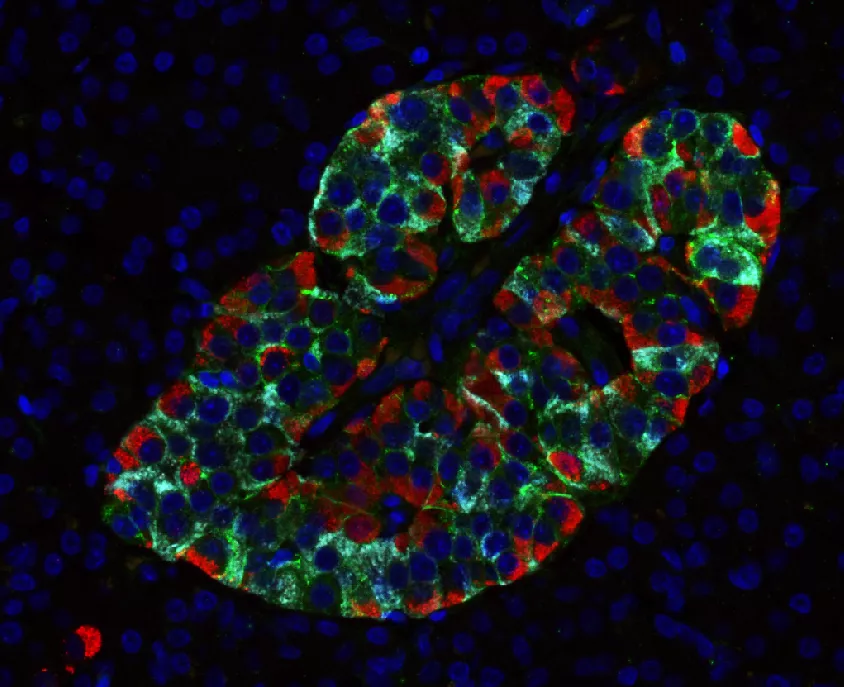
Islet transplants are currently used as a treatment for people with type 1 diabetes who are hypo unaware, but they fall short of a cure. A new study from the University of Edinburgh could be key in making these transplants more effective.
Hypo unawareness is a condition that affects some people with type 1 diabetes that makes it hard to know when your blood sugar levels fall dangerously low. If you’re unaware of hypos, you can't treat them quickly when they occur to get back into a safer blood sugar range. This increases the risk of a severe hypo, which can lead to severe complications including diabetic coma.
One way of treating hypo unawareness is through a procedure known as an islet transplant. Islets are clusters of cells in the pancreas that include insulin-producing beta cells. Islet transplantation involves extracting islets from a donor pancreas and implanting them in the liver of someone with type 1 diabetes.
Islet transplants have been shown to significantly reduce the number of hypos, stabilise blood sugar levels and improve hypo awareness. However, there are still risks associated with the procedure. There is a chance, as with any type of transplant, that the body might reject the donor cells. Many of the cells also die off before they can start producing insulin because they don’t have an established blood supply. Because of this, two donor pancreases are usually used for a single transplant. As there is a limited supply of donated pancreases, this limits the amount of islet transplants that can be offered.
Transplantation Transformation
Researchers at the University of Edinburgh have developed a new transplantation technique in mice that could improve the effectiveness of islet transplants, removing the need for multiple pancreas donations for a single procedure.
In a study published in Science Translational Medicine, researchers transplanted islets into diabetic mice, alongside structural cells from umbilical cords – known as stromal cells. They found that when the islets were transplanted alongside these stromal cells, the mice had better blood sugar levels within three days and had lower rates of transplant rejection over time.
While these results are exciting, the researchers have so far only tested the technique in mice. They note that much more work is needed to see if this technique could be safe before moving forward into trials in people. If successful in future human trials, this technique could potentially reduce the amount of pancreas material needed for each islet transplant, making the treatment a feasible option for more people in the future.
Dr Elizabeth Robertson is Director of Research at Diabetes UK. She said:
"Islet transplants have been life changing for some people with type 1 diabetes, treating dangerous hypo unawareness. But there currently aren’t enough donated pancreases to go around, and the procedure itself isn’t yet as effective as it could be.
This new research from the University of Edinburgh is a promising step forward, and one we hope will lead to islet transplants becoming both more effective and more widely available in the future."
